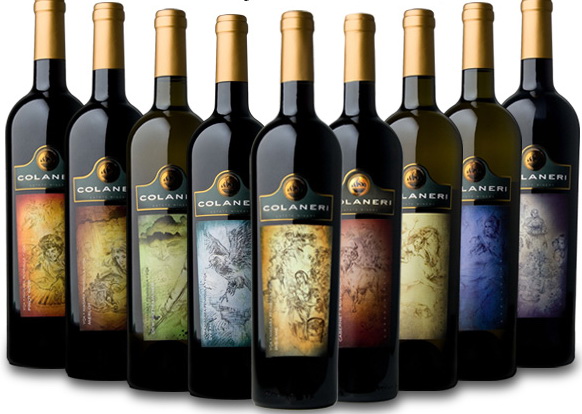Continued from Part 1 of Reading Wine Labels
It’s 5 p.m. on Friday—the dinner party is in two hours and you’re standing in the middle of the liquor store. In front of you are thousands of bottles of wine.
Should you consider only wines over $15 so your host won’t think you’re cheap? Do you grab the bottle with the small furry animals on the label or will the guests think you live inside a Disney movie?
Should you go for the wine with the cheeky name for a laugh or might someone be offended?
If you’re not a wine expert, but don’t want to look like an uncultured tightwad, how do you pick a good bottle of wine? Can you judge a wine by its label?
Most people do: about 80% of wine bought is based solely on the label. You can try on a dress, flip through a book—but there’s no way to sample a wine before buying it. (Not legally, at least.)
Here are my next three tips for finding clues on a wine label to help you buy better wine:
4. The Grapes
Back to Thompson Seedless—the only way to avoid nasty grapes is to know which grapes are in the bottle. Labels that name grapes, such as chardonnay and cabernet sauvignon, aren’t necessarily better than ones that don’t, but they do help you to find the type of wine you like.
In some regions, laws require a certain percentage of that grape to be in the wine. In California, wines labelled as merlot must have at least 75% of that grape in the bottle.
But in Bordeaux, cabernet sauvignon, cabernet franc and merlot are usually blended to produce the final wine, along with smaller amounts of petit verdot and malbec, though they’re not specified on the label.
In the New World, some wines are just labelled with proprietary names such as Opus One, Dominus and Pinnacle.
5. The Vintage
Avoid labels that claim that February was good month to box this wine. Vintage, or the year the wine was made, makes a big difference in cool climates: the harvest can be glorious one year, and a bitter disappointment the next.
You don’t have to memorize the whole vintage chart, but if you have a favourite region, it helps to be familiar with its most recent vintages. The Bordeaux 2000, 2005 and 2010 vintages, for example, were terrific, whereas the 1997 vintage was disappointing.
Meanwhile in Tuscany, 1997 was declared the vintage of the century. Fortunately, in warmer climates things are simpler: they don’t have much variation in their weather, and most years produce ripe wines. Still, knowing the year will tell you old the wine is and how long a life it has left.
6. The Quality Designation
Most European countries have quality designations for wines that meet certain standards—think of it as the difference between Prada and a knock-off.
In France, the system is called Appellation d’Origine Controllé (AOC), and Spain (DO), Italy (IGT, DOC and DOCG), Portugal (DO) and Germany (QbA) also classify their wines with similar methods.
In Canada, we have the Vintners Quality Alliance (VQA) and the U.S. has its specified American Viticultural Areas (AVA).
Continue to Part 3 of Reading Wine Labels








